995. Minimum Number of K Consecutive Bit Flips
In an array A containing only 0s and 1s, a K-bit flip consists of choosing a (contiguous) subarray of length K and simultaneously changing every 0 in the subarray to 1, and every 1 in the subarray to 0.
Return the minimum number of K-bit flips required so that there is no 0 in the array. If it is not possible, return -1.
Example 1:
Input: A = [0,1,0], K = 1Output: 2Explanation: Flip A[0], then flip A[2].
Example 2:
Input: A = [1,1,0], K = 2Output: -1Explanation: No matter how we flip subarrays of size 2, we can't make the array become [1,1,1].
Example 3:
Input: A = [0,0,0,1,0,1,1,0], K = 3Output: 3Explanation:Flip A[0],A[1],A[2]: A becomes [1,1,1,1,0,1,1,0]Flip A[4],A[5],A[6]: A becomes [1,1,1,1,1,0,0,0]Flip A[5],A[6],A[7]: A becomes [1,1,1,1,1,1,1,1]
Note:
1 <= A.length <= 30000
1 <= K <= A.length
难度:Hard
题目:在一个只包含0和1的数组中,每次可以翻转K个元素,其中所有的0翻转成1,1翻转成0. 返回其最小的翻转次数。如果不存在则返回-1.
思路:贪心算法,每次找到第1个0后翻转从该元素开始的K个元素。
Runtime: 140 ms, faster than 71.57% of Java online submissions for Minimum Number of K Consecutive Bit Flips.
Memory Usage: 48.4 MB, less than 6.43% of Java online submissions for Minimum Number of K Consecutive Bit Flips.
class Solution {public int minKBitFlips(int[] A, int K) {int i = 0, count = 0;while (i <= A.length - 1) {if (1 == A[i]) {i++;continue;}if (i + K > A.length) {return -1;}count++;for (int t = i; t < i + K; t++) {A[t] = (A[t] + 1) & 1;}}return count;}}


























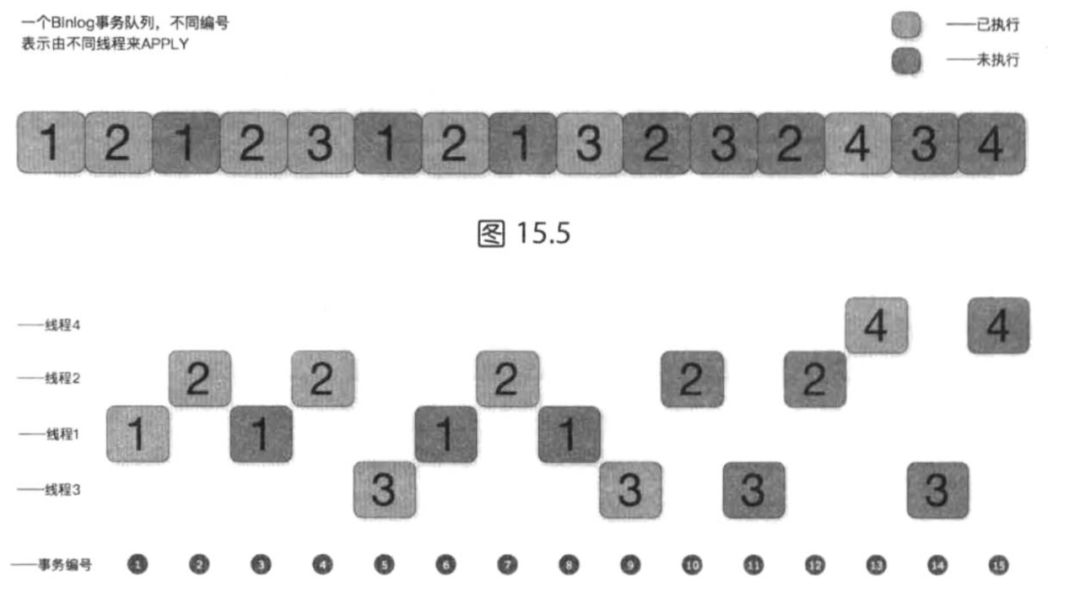
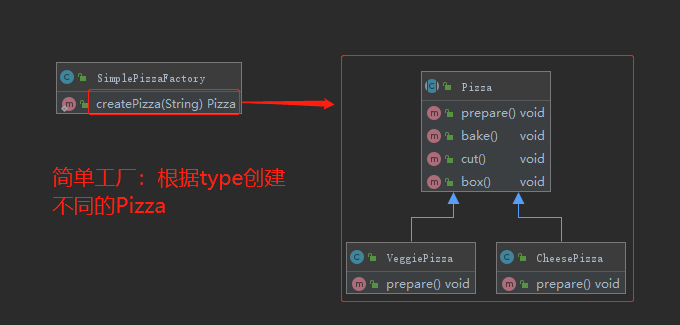
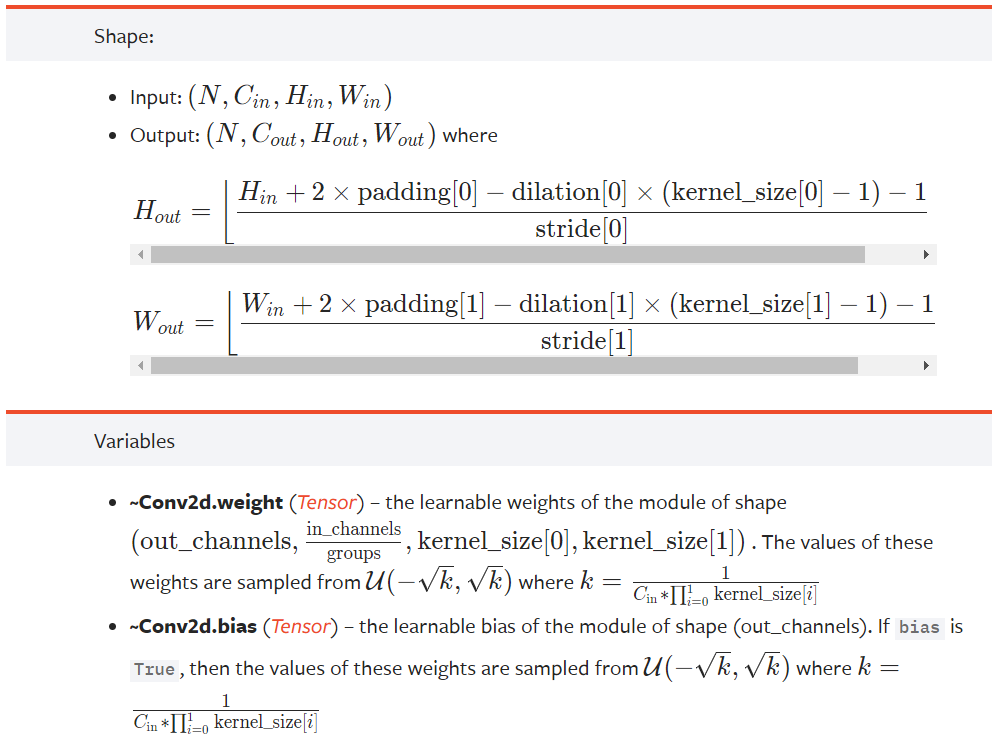
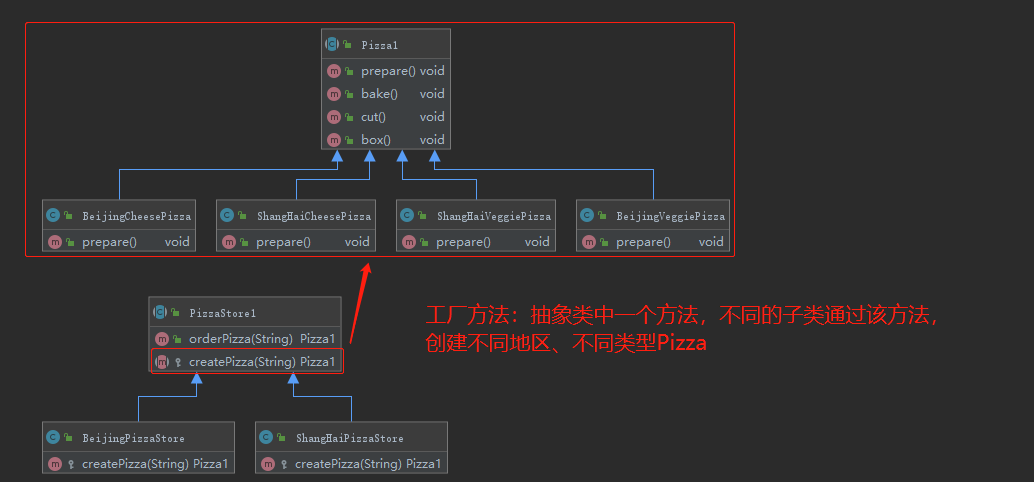

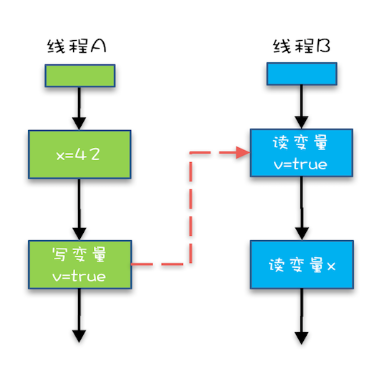



还没有评论,来说两句吧...